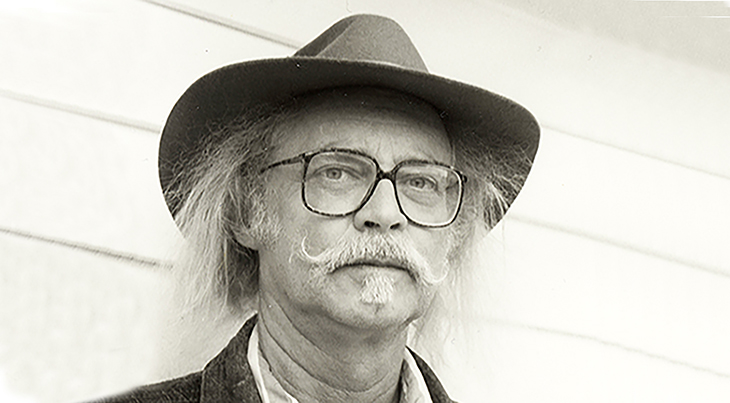

Studio executives, when they read the ending, loved the idea of father and son playing catch so much that they insisted on moving it forward and have father and son travel across America together, searching for writer Terence Mann and Moonlight Graham. Robinson and his associates accepted a lower budget in return for Phil being hired to direct the movie, something he felt was essential to protect the integrity of the script. However, it is a SMALL movie, and this year we are not making small movies."Ī disappointed Phil Robinson asked, and was granted permission, to shop the screenplay to other studios.Įventually, Universal Studios took over the option. When Paramount read the script, it said, "This is a wonderful script. "This is my own work doing this to me," I said. I wept when I read the finished screenplay. "Field of Dreams" was a stunning exception. I've never understood authors who are proprietary with their work, fighting any changes of plot or character. I realized that most books optioned for movies became gerbil food. I replied that to me, writing a novel was akin to a baker baking a loaf of bread: So long as the buyers pay for the bread, they were free to do with it as they chose. He explained that marvelous characters like Eddie Scissions had to be cut, and that time had to be telescoped in many sequences. Phil explained that there was no way to fit a 300-page novel into an hour-and-40-minute movie. Phil was absolutely in love with my book and kept in touch all through the adaptation - though I had no input, nor would I have wanted any. Paramount Pictures then optioned it and hired Phil Alden Robinson to write the screenplay. "Shoeless Joe" was optioned by a small independent movie company that kept it in development for two years before the option expired. Salinger." Houghton Mifflin chose the title "Shoeless Joe," though they considered "Dreamfield." When finished, it was awarded the Houghton Mifflin Literary Fellowship and was published in 1982. I wrote it under the title "The Kidnapping of J.D. We worked well together, and "Shoeless Joe" was just like a baby - it took nine months. I wrote back to say I would need guidance, as I had published four collections of short stories but had never written a publishable novel.

in Alberta, where I was teaching bonehead English, to suggest that if the story was part of a novel, he wanted to see it, and if it wasn't, it should be.

On the strength of that, he wrote to me at Desolate U. I wrote a 20-page short story that eventually became Chapter 1 of my novel "Shoeless Joe." The story was published in an anthology, and a young editor at the publishing house Houghton Mifflin in Boston, Larry Kessenich, read not the story but a review of the anthology in Publishers Weekly.


 0 kommentar(er)
0 kommentar(er)
